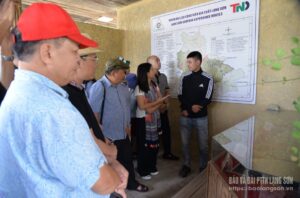(TITC) – For culture lovers, every small moment of discovery is a step closer to understanding a new and different way of life. Scattered throughout the country, Vietnam’s UNESCO Heritage Sites are jackpots for these moments of discovery. Each one promises exceptional beauty and exceptional insight into Vietnamese culture. Of several UNESCO World Heritage Sites found in Vietnam, here are five you absolutely must not miss.
The Complex of Hue Monuments
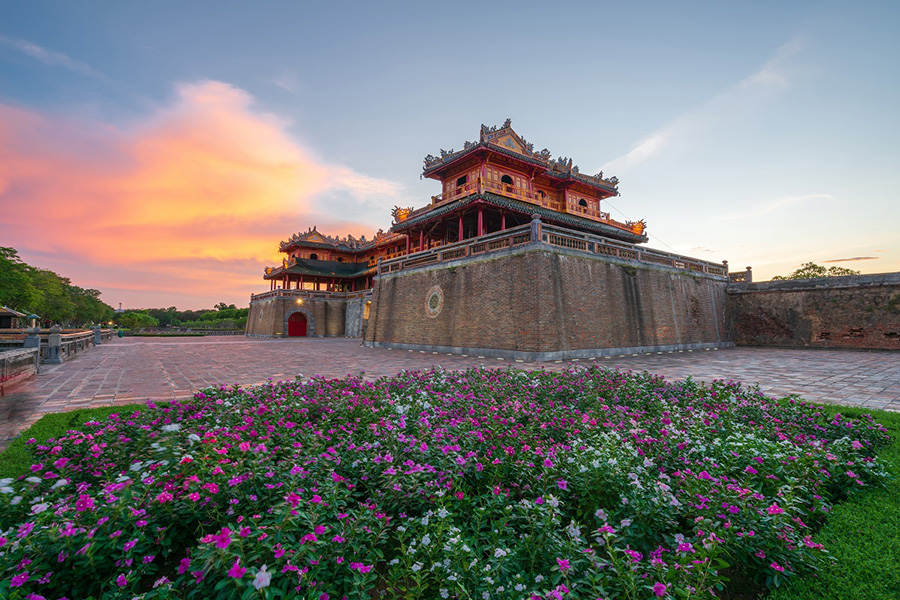
In the central city of Hue you’ll find the last vestiges of the Nguyen Dynasty. Here, against a backdrop of forested hills with a meandering river at their feet, the Nguyen emperors erected administrative offices, military headquarters, palaces, temples and even their own tombs.
Vietnam’s feudal capital was strategically built along the banks of the Perfume River. The structures within the citadel were carefully laid out to be in cosmological alignment with the five elements, cardinal points and colours.
Take a leisurely amble around the complex and watch Imperial Vietnam come to life in full colour. Imposing statues, priceless treasures and intricate mosaics wait around every corner. Although the Nguyen Dynasty ended in 1945, the symbolic significance of the Hue Monuments–once the political, cultural and religious heart of Vietnam–still echoes today.
Ha Long Bay
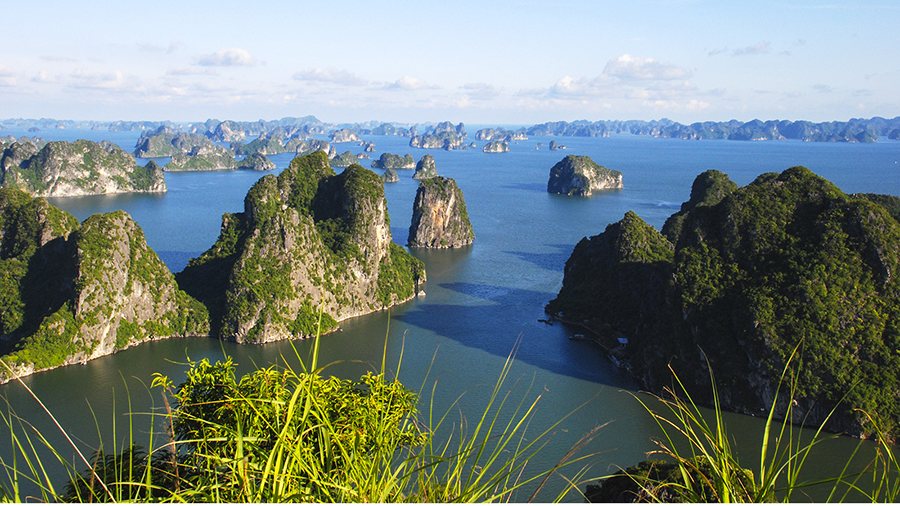
In terms of geological and geomorphological value, Ha Long Bay is an excellent example of mature karst in humid tropical conditions with a complete karst evolution process spanning 20 million years thanks to the simultaneous combination of factors, such as thick limestone layers, a hot and humid climate and slow tectonic uplift. Ha Long Bay has all the basic forms of karst terrain, such as karst plains, funnels and valleys, karst peaks and towers, especially the Fengcong and Fengling karst terrains, which are typical of the final development stage of the tropical karst process.
The geological and geomorphological value of Ha Long Bay is also demonstrated through its rich cave system, formed 2,000,000 – 11,000 years ago. The process of sea flooding and sea erosion has made the karst geomorphology of Ha Long Bay unique in the world, fundamental to geomorphology science and of global significance. The Heritage Area has 775 islands, mostly limestone islands, with 66 caves, 42 marshes, 81 lakes inside the limestone islands and 193 sandbanks discovered along with a rich fossil system.
Phong Nha-Ke Bang National Park
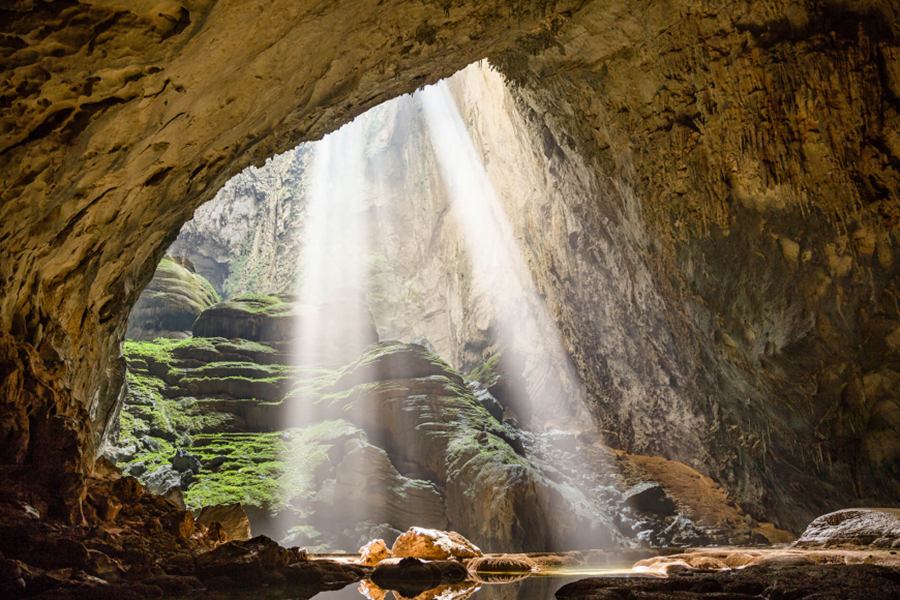
Phong Nha-Ke Bang National Park is located in Bo Trach and Minh Hoa Districts, Quang Binh Province. Inscribed on the World Heritage List in 2003, the Park covered 85,754 hectares. With this extension, the site covers a total surface area of 123,326 hectares (a 46 % increase).
The property contains and protects over 300 caves and underground rivers making it one of the most outstanding limestone karst ecosystems in the world. A variety of cave types including dry caves, terraced caves, suspended caves, dendritic caves and intersecting caves. Noticeably, the Son Doong Cave, first explored in 2009, is believed to be the world’s largest cave. The park also has diverse flora and fauna, including many rare and endangered species. Visitors can explore the natural wonders scattered around the park and indulge in various recreational activities such as trekking, kayaking, and cycling. Phong Nha – Ke Bang National Park is truly a wonderful underground world since it consists of caves, lakes, rivers, beaches and reefs, incredible stalactites… In case you only know about Phong Nha – Ke Bang National Park via the Son Doong Cave adventure tour. Here, you can enjoy tons of activities that bring you closer to nature.
Trang An Landscape Complex
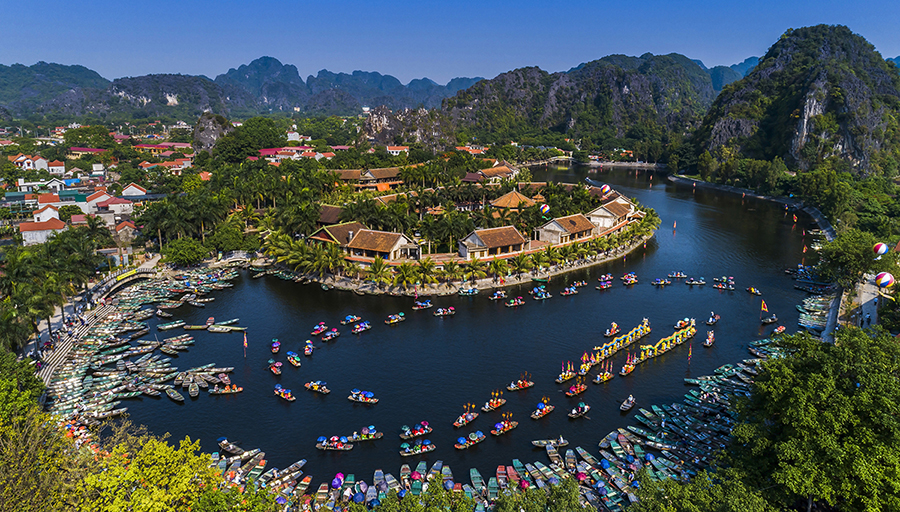
Ninh Binh has long enchanted visitors with a melding of sacred temples, serene countryside, and dramatic karsts. Three elements come together to render this one of Vietnam’s top heritage sites: the Hoa Lu Ancient Capital – the national seat of power in the 10th and 11th centuries – the Trang An Scenic Complex, and the Hoa Lu Forest.
Ninh Binh’s sublime landscape is made of karst peaks and towers, which rise steeply up from the valley below, itself covered in tranquil waterways and lush rice paddies. Traditional sampans rowed by local guides glide gently along the current, beneath dripping grottoes and past dense rainforest. Take a short climb to the mossy pagodas and viewpoints on the cliffs, and you’ll have the entire panorama at your feet.
Hoi An Ancient Town
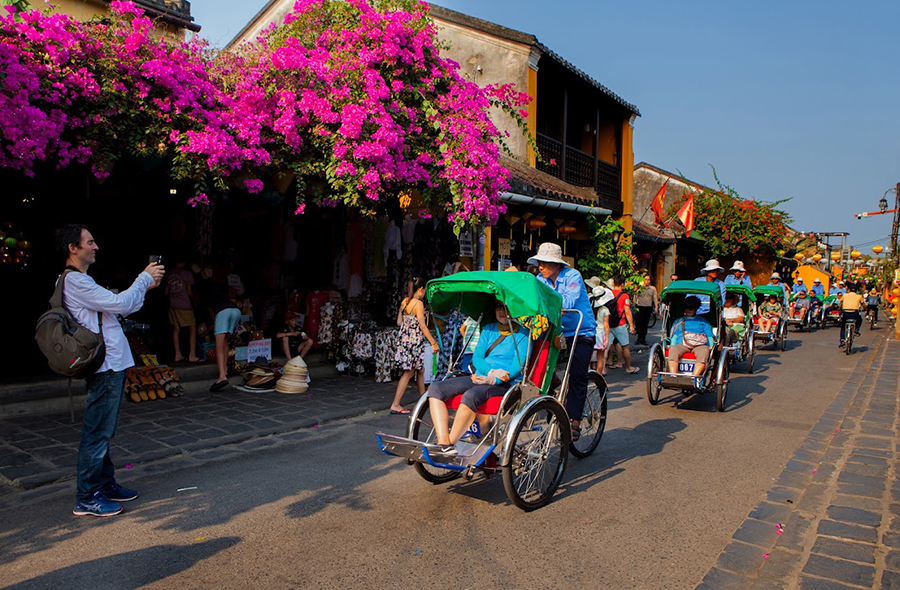
Hoi An was once a bustling trading port, welcoming merchants from far across the seas. Between the 15th and 19th centuries, Chinese, Japanese and Europeans settled along the banks of the winding Thu Bon River. Today, 30 hectares of this ancient town is preserved as a UNESCO Cultural Heritage Site.
Hoi An’s unique fusion of cultural influences reveals itself within its narrow streets. Weathered shop-houses squeeze shoulder-to-shoulder alongside ancestral homes, their tiled roofs decorated in exotic wood carvings. Tucked away from the old ferry quay, you’ll find an open market, pagodas and a timber bridge that once connected the town’s Japanese and Chinese communities. Hoi An is even better in the evenings, when the faded streets glow in the light of thousands of lanterns.
Tourism Information Technology Center



